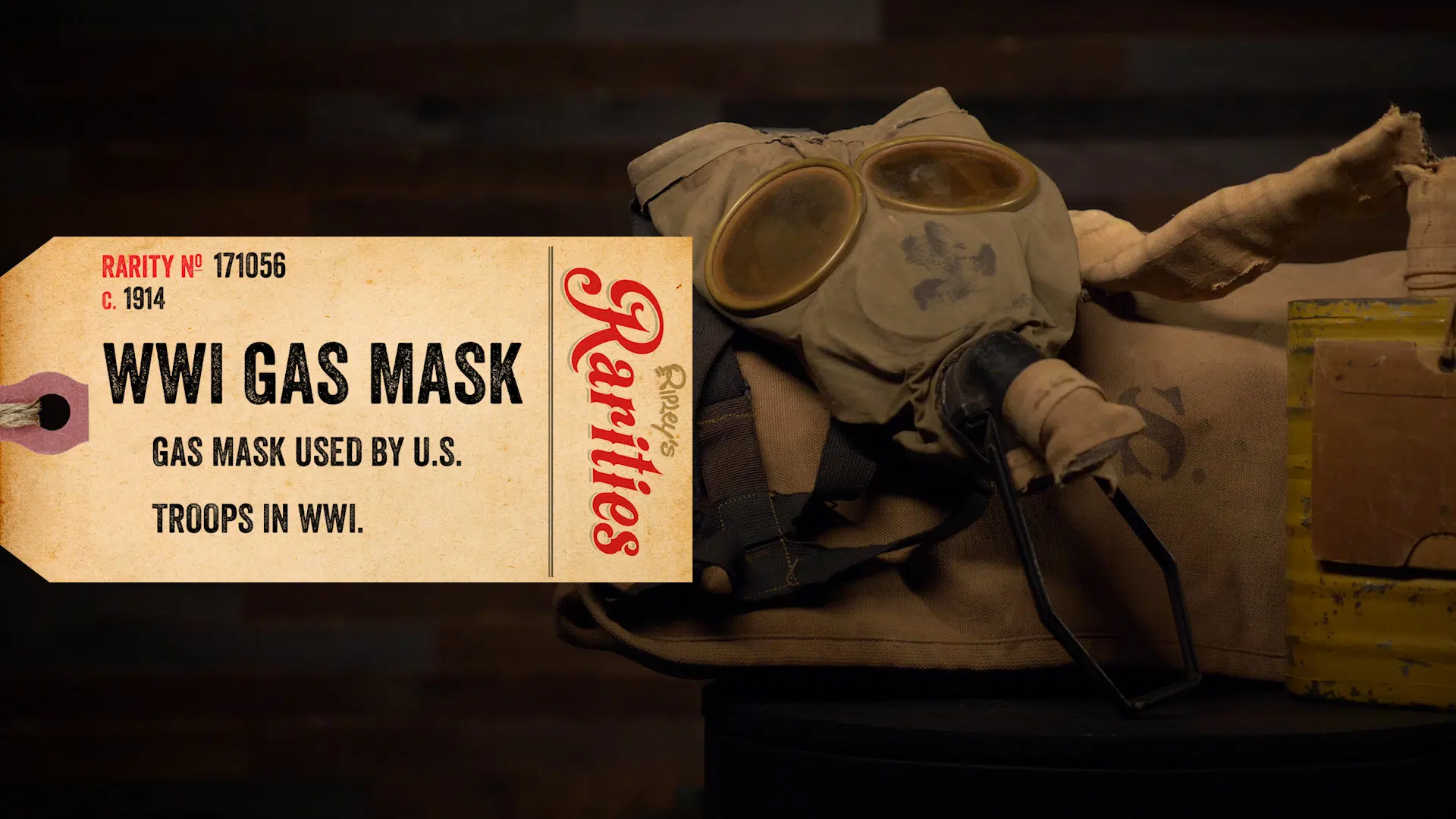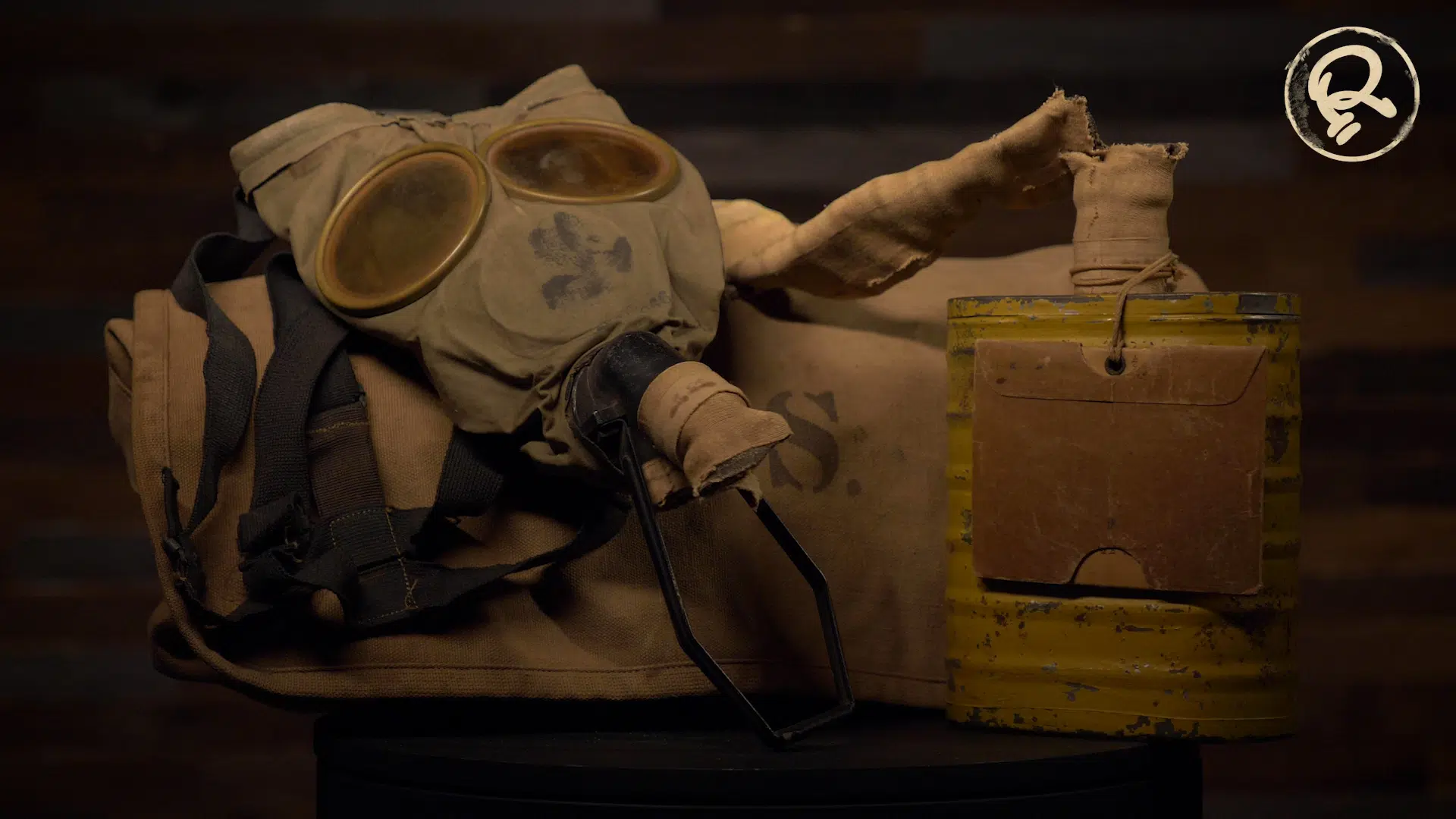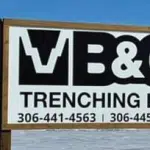Life Saving World War I Gas Mask Used By American Troops
Featured in Ripley's Believe It or Not!

Gas Masks
As trench warfare became the dominant means of combat during the first World War, toxic gases that could seep into enemy encampments and inflict deadly, morale-crippling damage emerged.




